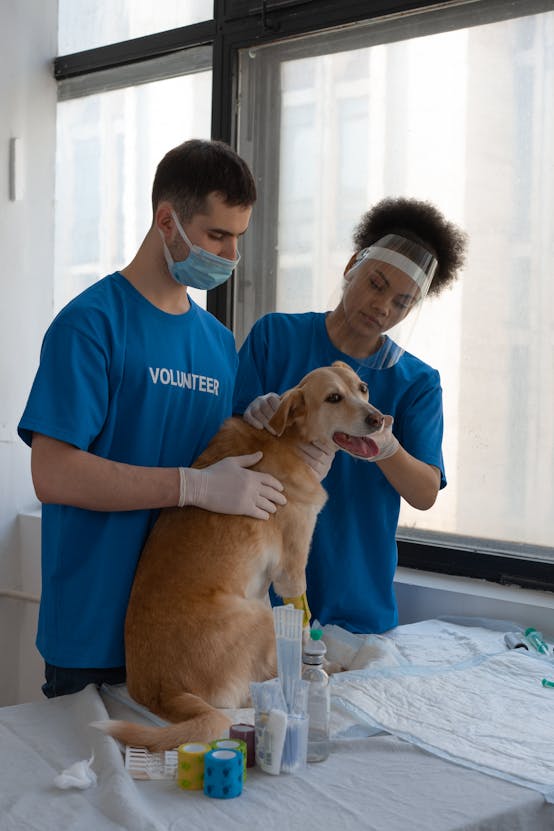Understanding a Cat’s Vocabulary and Its Role in Feline Communication
Cats rely on a rich cat vocabulary that combines vocalizations, body language, and subtle cues to express their needs and emotions. This feline language is foundational in interpreting cat behavior accurately. Understanding cat communication goes beyond hearing meows or purrs; it involves reading tail positions, ear movements, eye contact, and even the intensity of a cat’s purr or hiss.
In the realm of feline behavior basics, vocalizations serve as one of the primary methods cats use to interact with humans and other animals. For example, a soft meow may indicate a greeting or a request, while a sharp hiss signals distress or warning. Meanwhile, body language provides immediate context—arched backs or flattened ears often show fear or aggression.
Topic to read : What Are the Best Ways to Train Your UK Cat?
Together, these vocal and physical signals reflect a cat’s emotional state. Recognizing these signs lets cat owners respond appropriately, fostering a better human-cat connection. By paying close attention to this nuanced language, you can decode what your cat truly feels and needs at any moment, enhancing your bond and ensuring their well-being.
Types of Cat Vocalizations and Their Behavioral Meanings
Cat vocalizations offer intriguing insights into feline behavior. Among the most common cat sounds are meows, purring, hissing, and growling, each carrying distinct meanings.
Additional reading : Why Do Cats in the UK Prefer Certain Types of Weather?
A cat meow often serves as a communication tool directed towards humans rather than other cats. Its tone and frequency can indicate various needs or emotions—from a gentle greeting to a demand for attention or food. Understanding different cat meow meanings allows owners to respond appropriately.
Purring is typically associated with contentment and relaxation but can also indicate self-soothing during stress or discomfort. This vocalization reflects a complex emotional state beyond simple happiness.
On the other hand, hissing and growling signify defensive or aggressive reactions. Hissing warns of potential threats and should prompt caution, as it aims to deter perceived danger.
Scientific studies reveal that cats have a sophisticated vocal repertoire adapted especially for human interaction. Recognizing these vocal cues helps nurture better relationships between cats and their owners, improving overall well-being. Understanding the nuances behind cat sounds enriches our appreciation of feline communication.
Body Language as Part of Feline Vocabulary
Understanding cat body language is key to interpreting a feline’s feelings. Their tail signals speak volumes: a high, straight tail often means confidence and friendliness, while a low or tucked tail can indicate fear or submission. Slow, gentle tail swishes usually show contentment, but rapid flicking can signal irritation or agitation.
Ear positions also provide important clues. Forward-facing ears suggest alertness or curiosity. Flattened or sideways ears often warn of fear or aggression. Eye contact is equally revealing; soft blinking often expresses trust and relaxation, whereas wide eyes and dilated pupils may signal surprise or anxiety.
For example, a cat crouching with a puffed-up tail and ears pinned back typically shows fear or defensive aggression. Conversely, a relaxed posture paired with a softly swaying tail reflects comfort and contentment. Recognising these nuances helps you respond appropriately to your cat’s moods, enhancing communication and trust.
By learning to read these feline postures, you tap into your cat’s silent vocabulary. This understanding is essential to foster a stronger, more empathetic bond with your feline friend.
How Understanding Cat Vocabulary Improves Relationships
Understanding your cat’s vocabulary is key to strengthening the cat-owner bond. Cats communicate through subtle gestures and vocalizations, which, when decoded, reveal their needs and emotions. By accurately interpreting these signals, owners can respond effectively, enhancing feline welfare through tailored care.
For example, a slow blink from your cat often signals trust and comfort, encouraging a reciprocal blink helps deepen this connection. Similarly, a tail flick may indicate agitation, alerting you to give space and avoid misunderstandings. Precise reading of these cues prevents stress-induced behaviors and promotes a harmonious coexistence.
Decoding cat behavior offers practical benefits: it guides appropriate responses to hunger, pain, or playfulness, ensuring your cat’s welfare is prioritized. Recognising when your cat seeks attention versus when it needs solitude reinforces trust. This two-way communication fosters a respectful and empathetic environment, where your cat feels secure.
Ultimately, investing time to learn feline signals translates to improved care and a more rewarding relationship. It is a continuous learning process that pays off with increased cat-owner bond and well-being for both pet and owner.
Scientific Perspectives on Feline Communication
Delving into cat behavior research reveals intriguing connections between a cat’s vocalizations and its behavior. Experts in feline science and animal communication studies have documented that cats use specific meows, purrs, and growls not only to express needs but also to communicate emotional states. For example, a high-pitched meow might indicate excitement, while a low growl signals discomfort or threat.
Veterinarians and animal behaviorists emphasize that these vocal patterns often combine with body language, providing a fuller picture of a cat’s intent. Insights from recent studies suggest that cats modulate their vocal signals depending on their audience, sometimes altering their meows when interacting with humans versus other cats. This adaptation is a key focus in feline science, illustrating how deeply cats have evolved to communicate with us.
Ongoing research in this field aims to decode the subtleties of cat vocalizations further. Scientific teams are exploring how environmental factors and socialization influence vocal behavior. Understanding these dynamics can enhance how owners interpret their cats’ needs, fostering clearer communication and stronger bonds. This evolving knowledge bases firmly in animal communication studies and promises exciting developments in understanding our feline companions.



